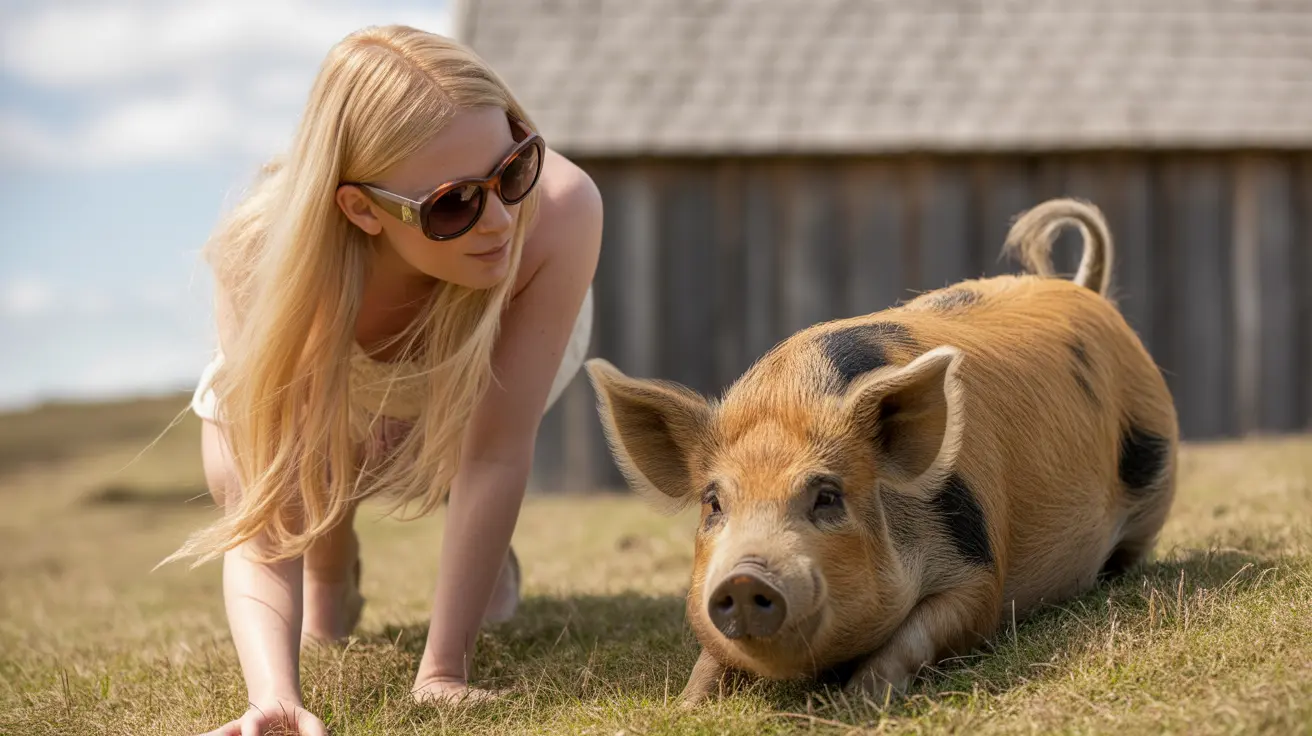How Many Black Olives Can a Dog Eat? Facts for Pet Owners
Dogs can enjoy a variety of human foods in moderation, but pet owners must be cautious about what and how much they feed their canine companions. One common question that arises is whether black olives are safe for dogs and, if so, how many they can consume without causing harm. Here's everything you need to know about feeding black olives to your dog, including the health benefits, potential risks, and best practices.
Are Black Olives Safe for Dogs?
Yes, black olives are generally safe for dogs if served correctly. They are not toxic and can be eaten by most dogs without any immediate danger. However, safety depends heavily on how the olives are prepared.
- Avoid olives with pits: Olive pits are a choking hazard and can cause internal blockages.
- Do not serve seasoned olives: Olives marinated in garlic, onions, or other spices are harmful to dogs.
- Keep them plain and unsalted: High sodium content can lead to dehydration or health issues.
Nutritional Benefits of Black Olives for Dogs
Though not an essential part of a dog’s diet, plain black olives can provide some nutritional value. These include:
- Monounsaturated fats: Promote healthy skin and coat.
- Antioxidants: Contain vitamin E, which supports the immune system.
- Minerals: Such as copper and iron, beneficial in small amounts.
Despite these benefits, it's important to note that dogs already get these nutrients from a balanced commercial dog diet, meaning olives should be occasional indulgences, not staples.
How Many Black Olives Can a Dog Eat?
Moderation is key when offering olives to your dog. Feeding too many can result in digestive issues such as:
- Vomiting
- Diarrhea
- Gas or bloating
- Stomach discomfort
Here are safe serving guidelines, depending on the dog’s size:
- Small dogs: 1 black olive
- Medium dogs: 1–2 black olives
- Large dogs: Up to 2 black olives
These amounts should be given only occasionally, not daily, and integrated into a larger feeding routine mindful of the dog’s total caloric and fat intake.
Risks and Precautions
Feeding black olives comes with some risks that should not be ignored:
- High fat content: Can lead to pancreatitis if consumed excessively, especially in dogs with existing health issues.
- High sodium levels in processed olives: Can harm the kidneys and heart.
- Allergic reactions: Watch for skin redness, itching, or gastrointestinal distress.
- Choking on pits: Always remove olive pits before feeding.
If your dog accidentally consumes a large number of olives—especially if they were seasoned or contained pits—contact your veterinarian immediately.
Can Dogs Eat Olive Oil?
Yes, dogs can benefit from small amounts of extra-virgin olive oil, which supports healthy skin, a shiny coat, and digestion. Here are recommended amounts:
- Small dogs (up to 20 lbs): ¼ teaspoon per day
- Medium dogs (21–50 lbs): ½ teaspoon per day
- Large dogs (over 50 lbs): 1 teaspoon per day
Always consult a veterinarian before adding new supplements like olive oil to your dog’s diet.
Signs of Olive Intolerance or Allergy
When introducing black olives to your dog’s diet, keep an eye out for the following signs of intolerance or allergic reaction:
- Vomiting
- Diarrhea
- Lethargy
- Red or itchy skin
- Swelling or bloating
If any of these symptoms occur, cease feeding olives and consult your vet.
Healthy Alternatives to Olives
Prefer to stick with other low-risk snacks? Consider these dog-safe fruits and vegetables in moderation:
- Apple slices (without seeds)
- Bananas
- Blueberries
- Pumpkin
- Watermelon (seedless)
- Carrots (raw or cooked)
- Bell peppers
- Plain cooked lean meats
Final Recommendations
Feeding black olives to dogs can be a fun treat, but it requires careful preparation and moderation. To ensure the health and safety of your pooch:
- Only offer plain, unsalted, and pitted olives.
- Avoid olives marinated with garlic, seasonings, or oils.
- Limit servings to one or two olives occasionally.
- Consult a vet before introducing olives regularly, especially for dogs with health conditions.
By following these guidelines, olives can be a safe and enjoyable occasional snack for your furry friend.





